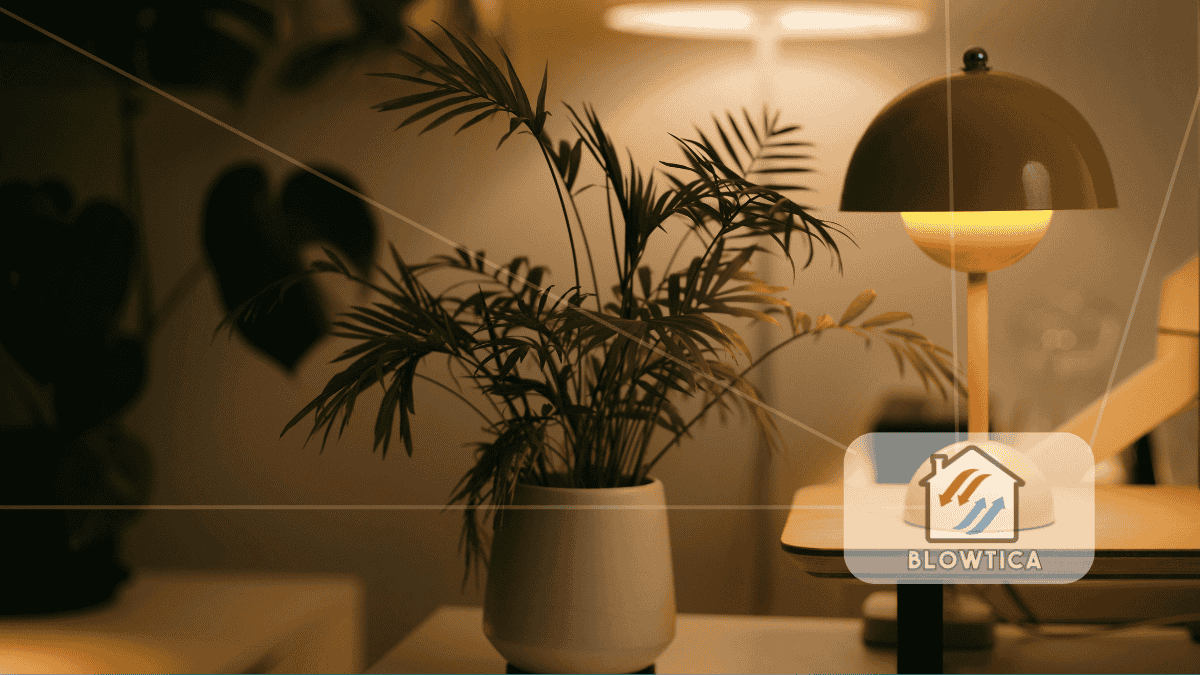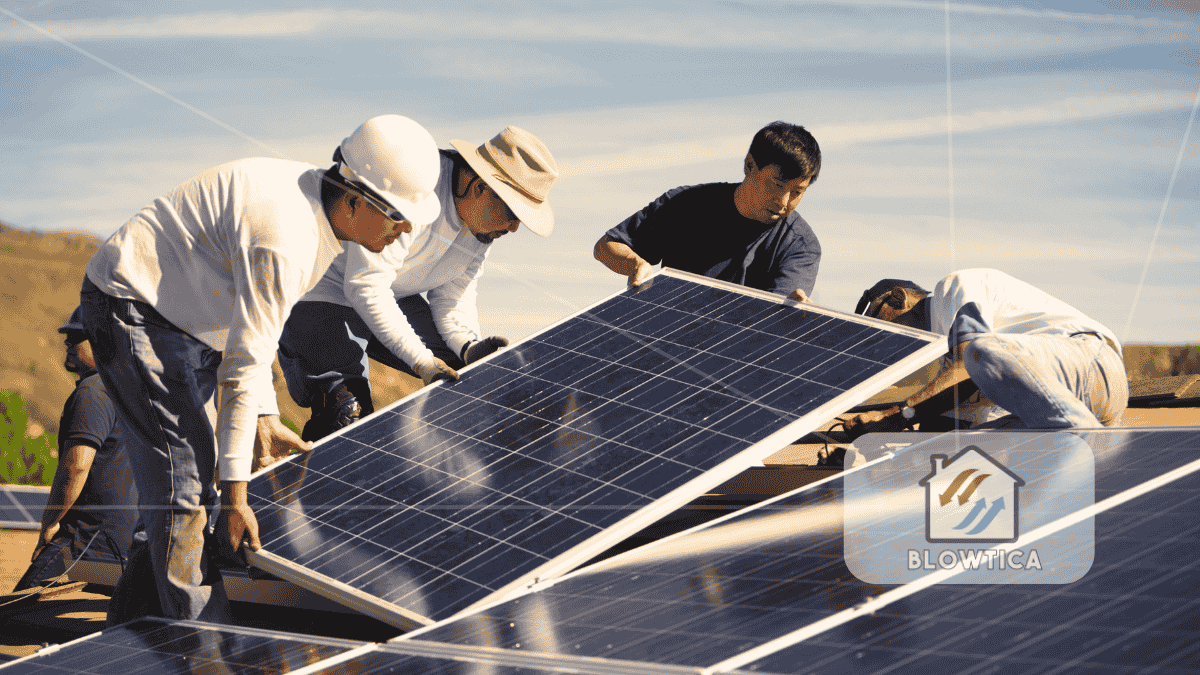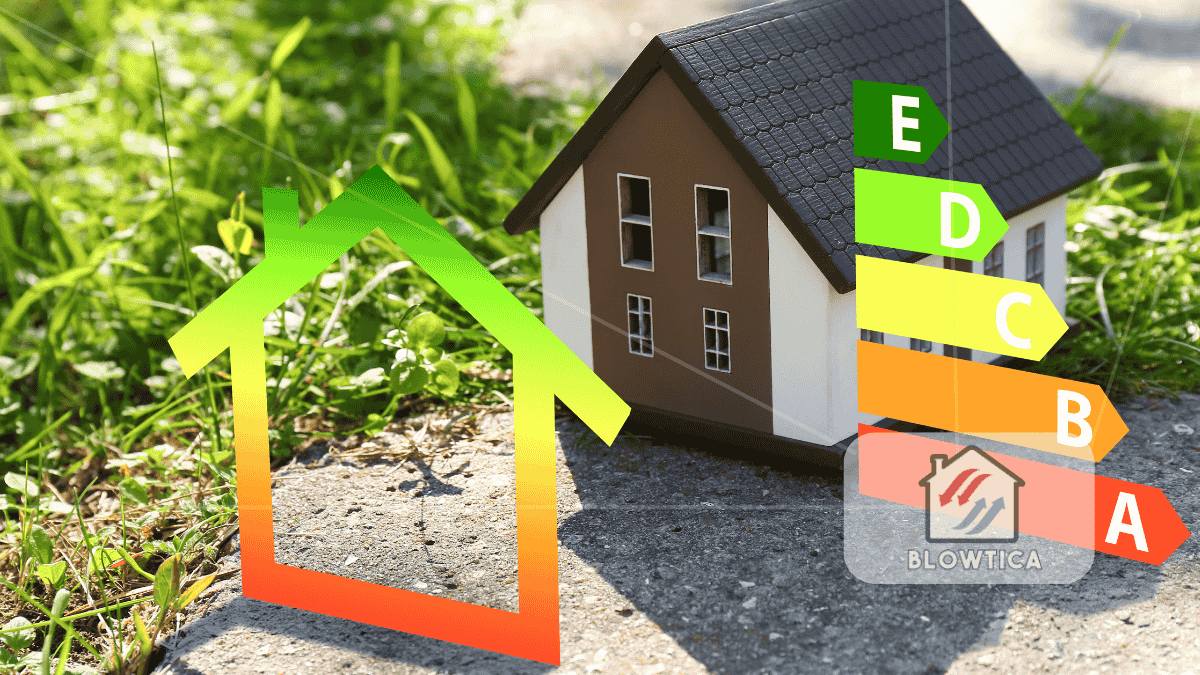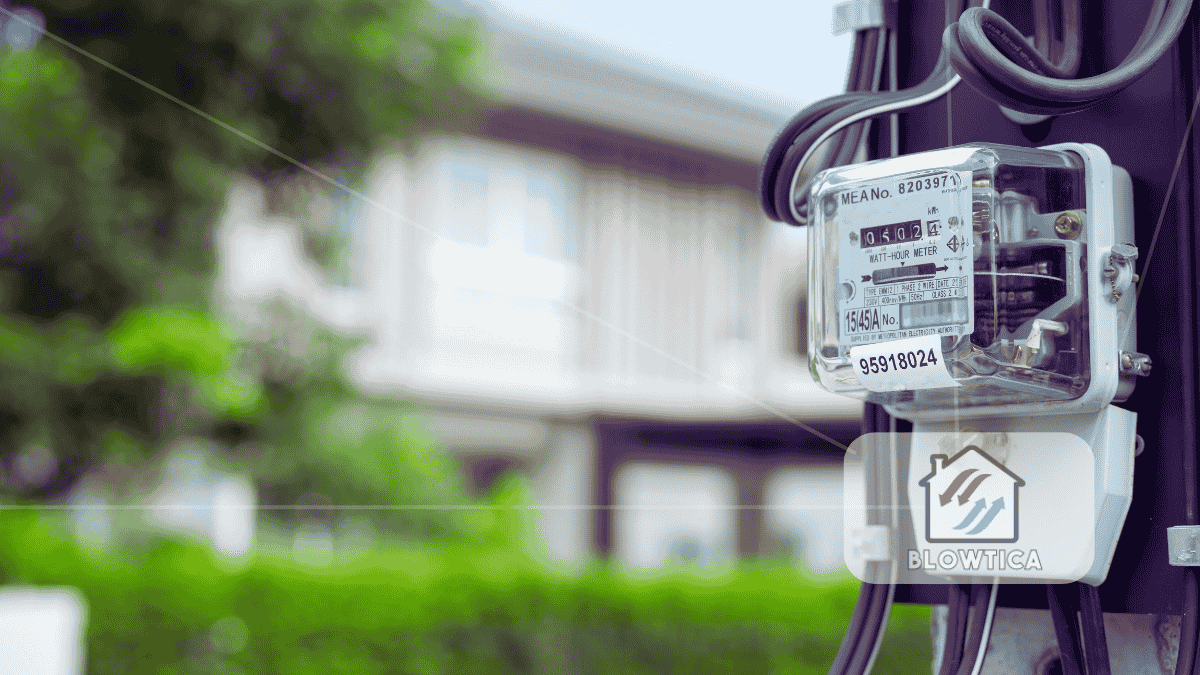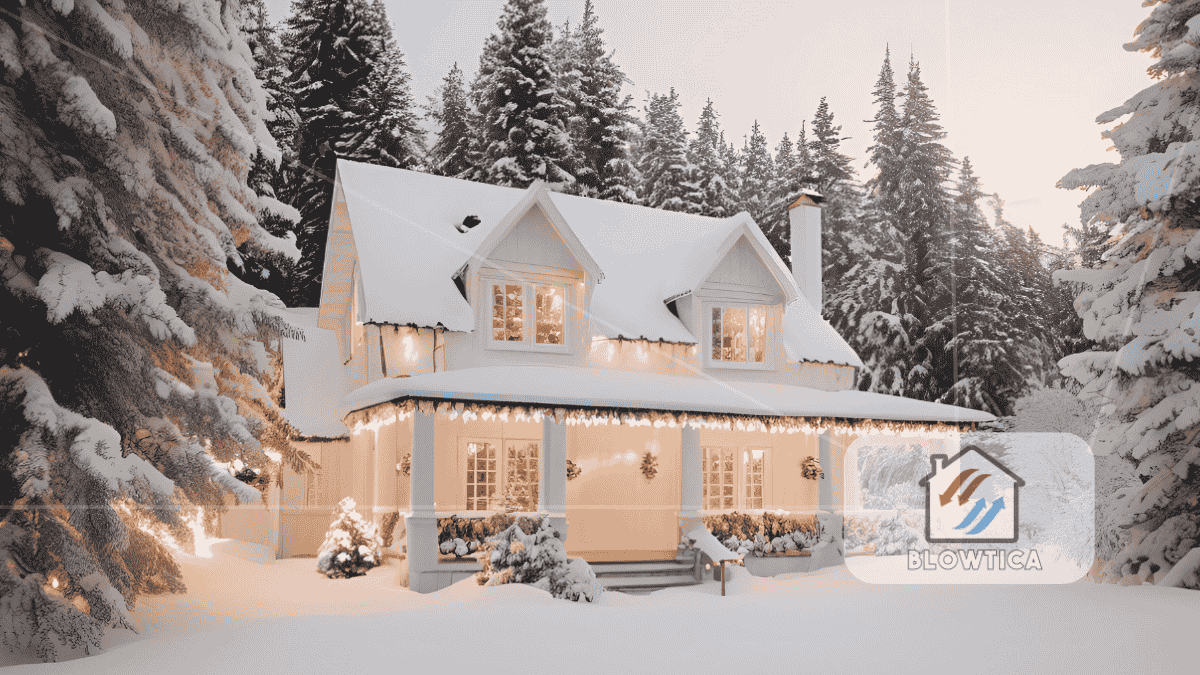
When temperatures drop and heating bills rise, your home’s insulation becomes more than just a barrier against the cold, it’s your primary defense for maintaining comfort and cutting costs. This home insulation guide lays out what you need to know to keep your space warm, efficient, and ready for winter.
Why Insulation Matters
Insulation slows the movement of heat. In winter, it keeps warmth inside; in summer, it prevents heat from seeping in. Well-insulated homes require less energy for heating and cooling, which means lower utility bills and a reduced environmental impact.
Warning Signs of Poor Insulation
Not sure if your home needs better insulation? Look for these common indicators:
- High utility bills during the winter
- Cold spots or uneven temperatures across rooms
- Persistent drafts near windows, doors, or baseboards
- Ice dams forming on the roof
- Walls, floors, or ceilings that feel chilly to the touch
If any of these sound familiar, it’s time to evaluate your insulation. This home insulation guide walks you through the process, from assessing current conditions to upgrading materials.
Choosing the Right Insulation Materials
Different areas of your home require different insulation types. Here’s a breakdown of the most common materials:
Fiberglass Insulation
- Ideal for attics, walls, and floors
- Available in rolls or batts
- Inexpensive and widely available
Spray Foam Insulation
- Excellent air-sealing properties
- Works well in tight or irregular spaces
- Higher upfront cost but superior performance
Blown-In Insulation
- Made of cellulose or fiberglass
- Suitable for retrofitting walls and attics
- Fills cavities and corners easily
Rigid Foam Board Insulation
- Dense panels with high insulating value
- Used in basements, foundations, and exterior walls
- Moisture-resistant and long-lasting
Reflective or Radiant Barrier Insulation
- Reflects heat rather than absorbing it
- Most effective in warmer climates
- Typically installed in attic spaces
Where to Focus Your Insulation Efforts
This home insulation guide emphasizes the importance of addressing specific areas to maximize comfort and energy savings.
Attic
Since heat rises, the attic is a major source of energy loss. Insulate between and over the joists to reach a recommended R-value of R-38 to R-60, depending on your climate zone.
Walls
Exterior walls make up the largest surface area exposed to outside temperatures. Blown-in insulation is ideal for adding thermal resistance without major renovations.
Floors and Crawl Spaces
Uninsulated floors, especially those above unheated spaces, can lead to cold interiors. Install insulation between floor joists and use vapor barriers to manage moisture.
Basement and Foundation
Even if your basement isn’t finished, insulating it helps preserve heat throughout the home. Focus on rim joists and perimeter walls using foam board or spray foam.
Windows and Doors
These areas allow significant air leakage. While not traditional insulation points, sealing them with caulk and weatherstripping improves overall thermal performance.
Understanding Insulation Ratings: R-Value Explained
The R-value measures how well insulation resists heat flow. The higher the number, the better the performance. General guidelines include:
- Attic: R-38 to R-60
- Exterior Walls: R-13 to R-21
- Floors Over Unheated Spaces: R-25 to R-30
- Basement Walls: R-11 to R-19
Tailor your insulation levels to your climate for the best results.
DIY or Hire a Professional?
Some insulation tasks are well-suited for confident DIYers. Others demand specialized tools and expertise.
Good DIY Projects:
- Laying fiberglass batts in the attic
- Installing foam board inaccessible basement areas
- Sealing gaps and cracks with spray foam or caulk
Best Left to Professionals:
- Spray foam application
- Blown-in wall insulation
- Insulating hard-to-reach or hazardous spaces
Hiring a certified contractor ensures code compliance and optimal performance.
Insulation Costs and Incentives
Prices vary based on material, area, and labor. Here are the average costs:
- Fiberglass Batts: $0.40 to $1.00 per square foot
- Spray Foam: $1.00 to $3.00 per square foot
- Blown-In Cellulose: $0.60 to $1.20 per square foot
- Foam Board: $0.70 to $1.50 per square foot
Many regions offer rebates, grants, or tax incentives for energy-efficient upgrades. Check with local energy providers or municipal programs.
Energy Savings and ROI
Proper insulation can reduce heating and cooling costs by up to 20%. In a typical home, that translates to savings of $200 to $500 annually, depending on usage and fuel type.
Over time, insulation pays for itself through reduced utility bills, enhanced comfort, and increased property value.
Avoid These Insulation Pitfalls
Even good materials won’t work if installed poorly. Watch out for these common errors:
- Compressing insulation: Reduces effectiveness
- Ignoring air leaks: Unsealed gaps undercut insulation performance
- Using the wrong material for the space
- Skipping moisture control in basements or crawl spaces
Make sure air sealing, ventilation, and moisture management are all part of your insulation strategy.
Green and Sustainable Insulation Options
For those who prioritize eco-friendly living, several insulation products offer sustainability without sacrificing performance:
- Cellulose: Made from recycled paper; treated for fire resistance
- Denim (Cotton) Batts: Recycled fabric with low chemical content
- Sheep’s Wool: Naturally fire-resistant, breathable, and biodegradable
- Cork Panels: Renewable and mold-resistant with good insulating value
While typically more expensive upfront, these materials offer long-term environmental benefits.
Bonus Tips: Beyond Insulation
A few additional steps can make your home even more winter-ready:
- Use heavy curtains: Add a thermal barrier on windows
- Install door sweeps: Blocks drafts at the bottom of doors
- Add area rugs: Helps insulate floors and reduce cold spots
- Maintain HVAC systems: A well-tuned system supports overall efficiency
Winter-Ready Insulation Action Plan
To wrap up this home insulation guide, here is a practical, step-by-step checklist:
- Inspect your home for cold spots and drafts
- Audit existing insulation and identify gaps
- Seal air leaks in attics, basements, and around windows
- Determine the right R-values based on your climate
- Choose materials best suited to each part of your home
- Decide between DIY installation or hiring a contractor
- Apply for any available rebates or energy incentives
- Reassess energy bills post-upgrade to track improvements
Final Thoughts
A warm, energy-efficient home doesn’t happen by accident. It takes smart planning, the right materials, and a commitment to doing the job right. With this home insulation guide as your reference, you can upgrade your home for better comfort, lower bills, and lasting peace of mind.
Whether you’re sealing up an old house or fine-tuning a newer build, the payoff is the same: a more livable space when winter weather hits. Stay warm, stay smart, and let your insulation do the heavy lifting.


